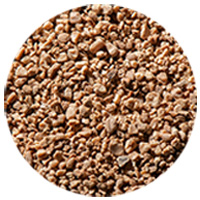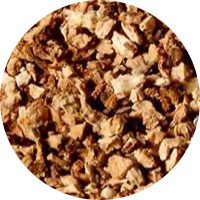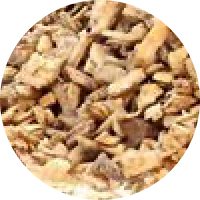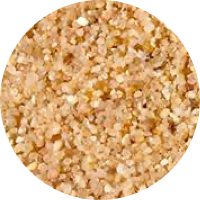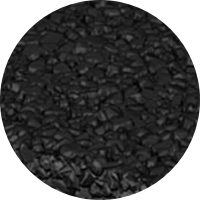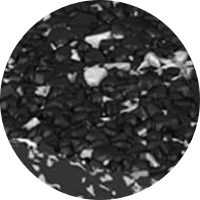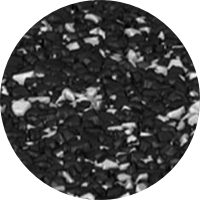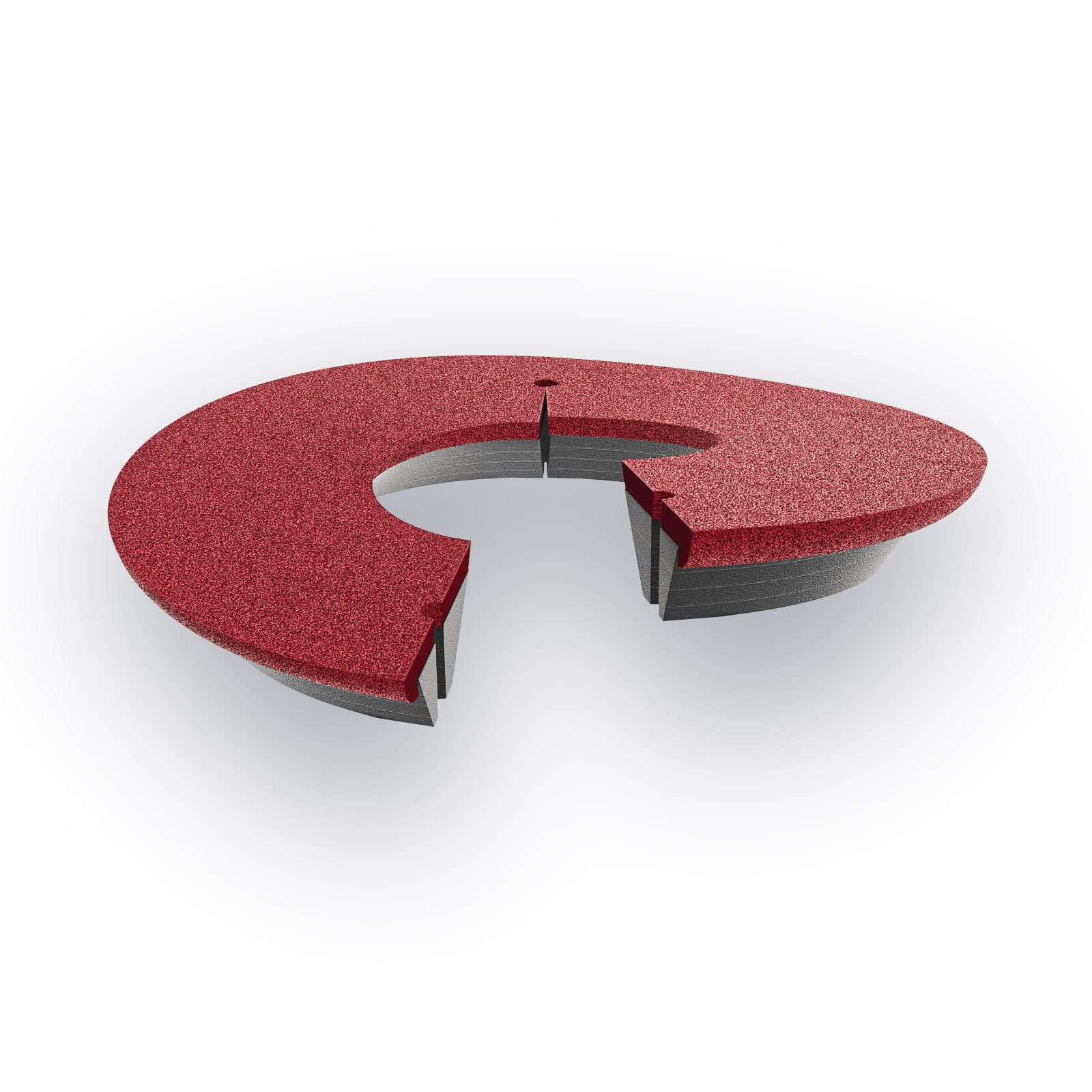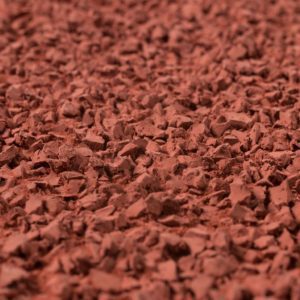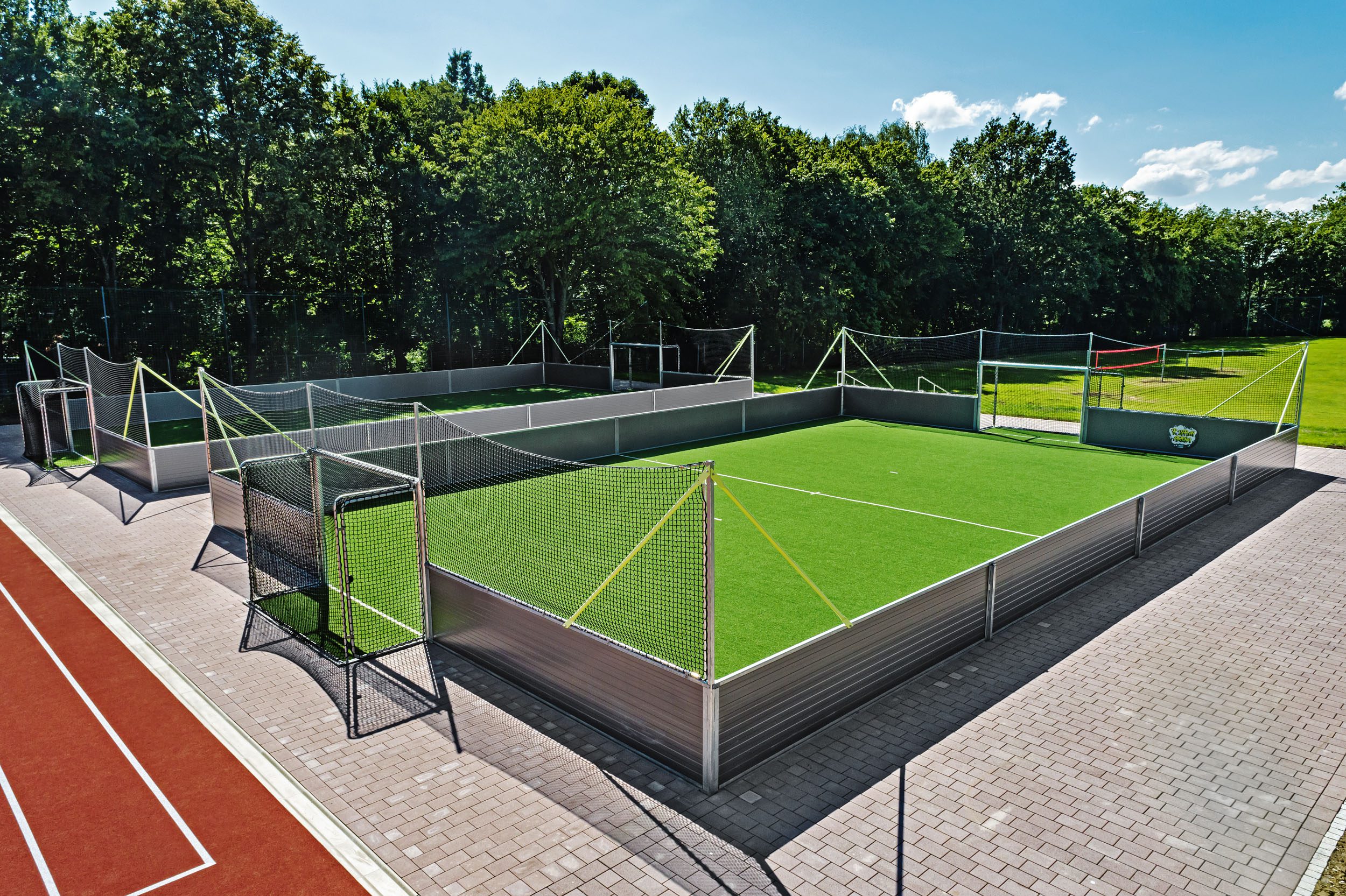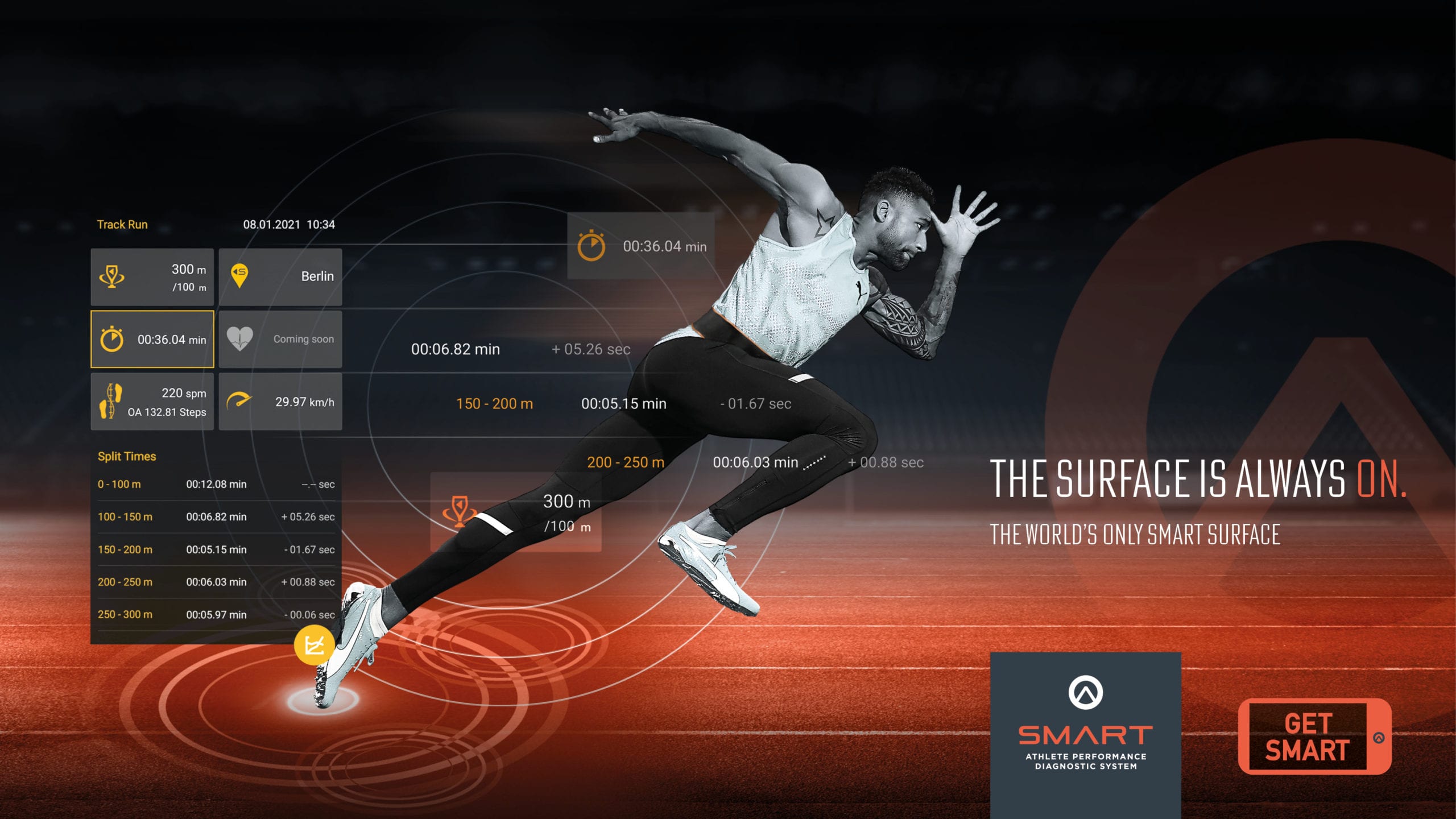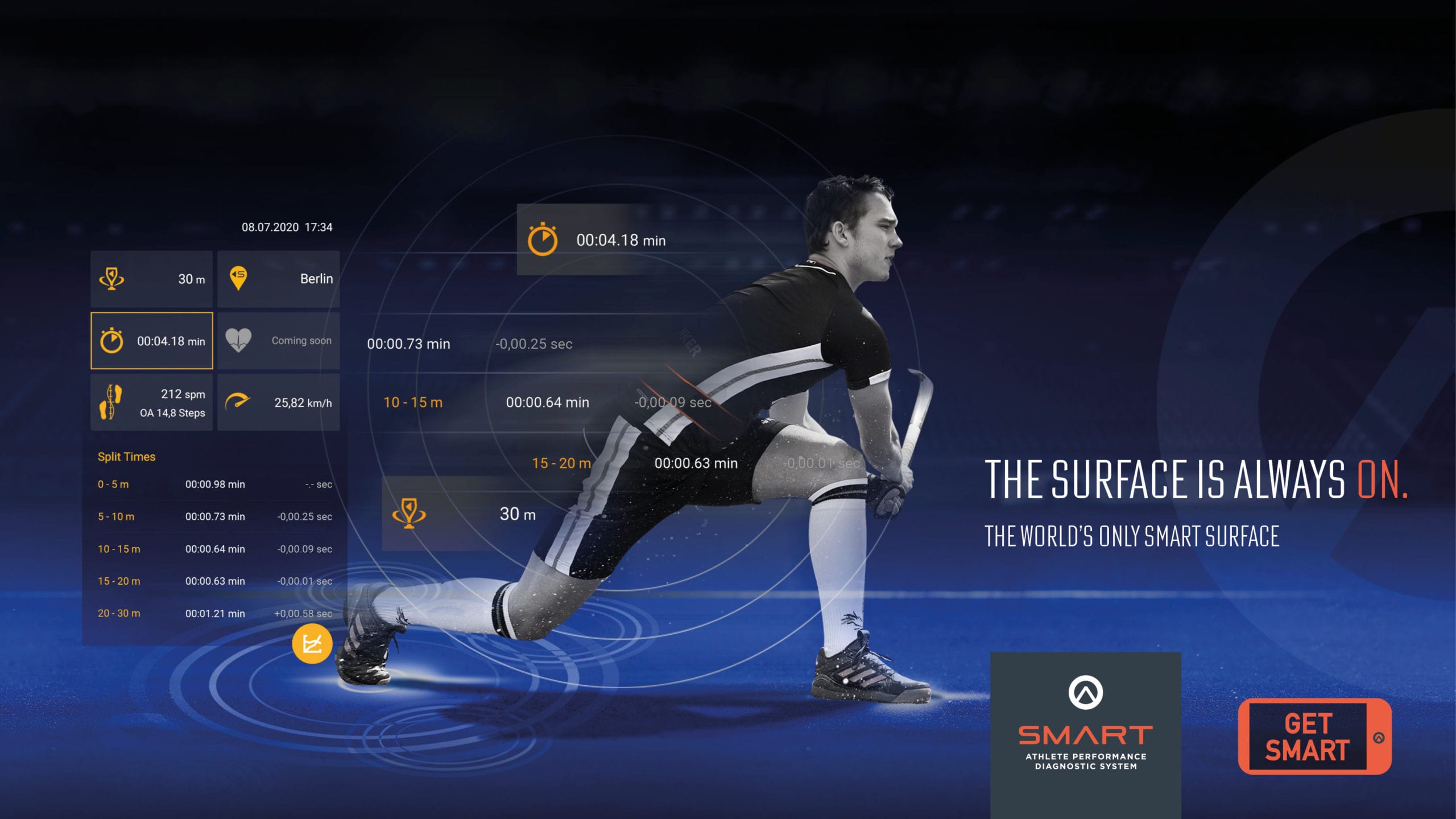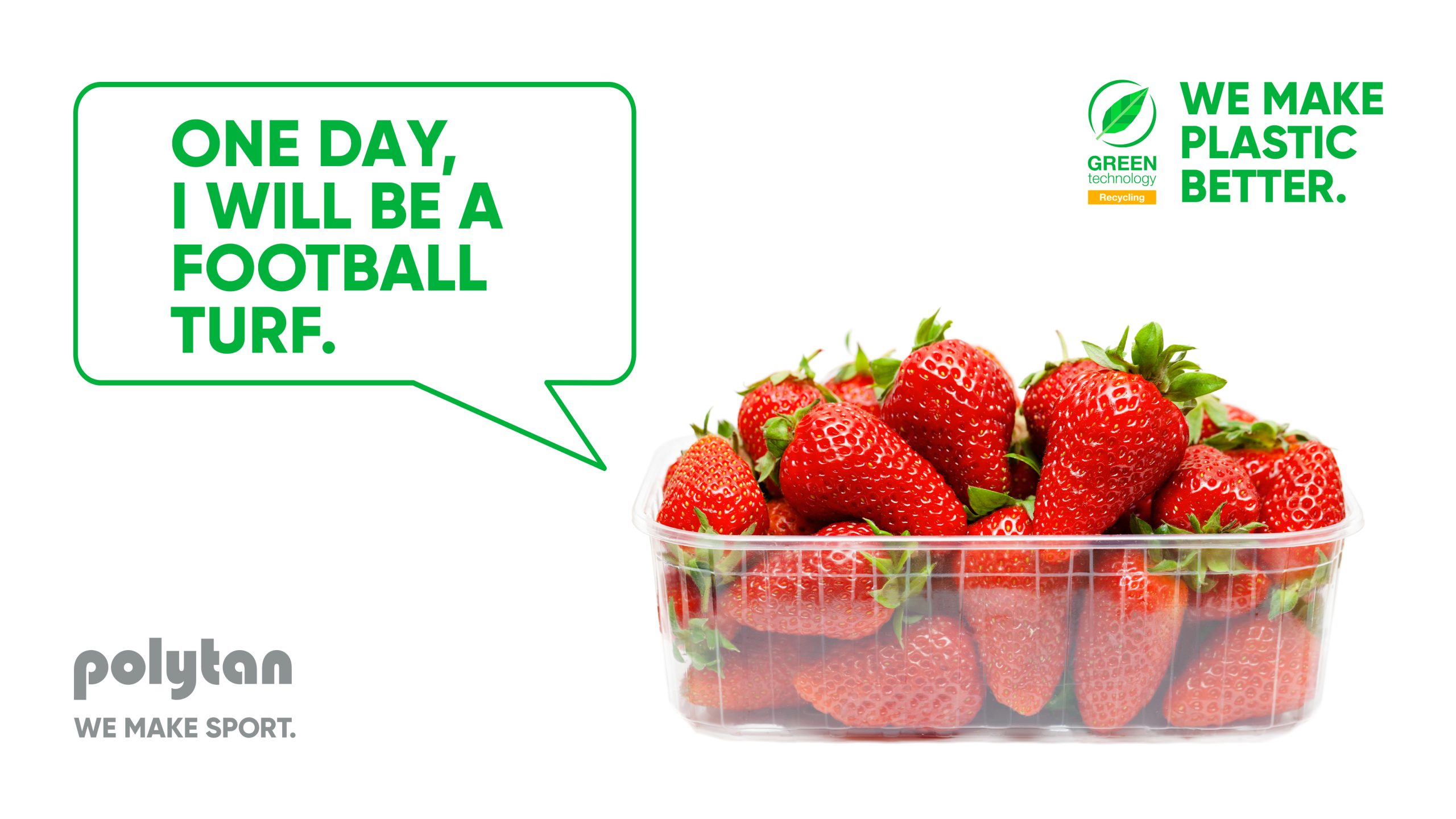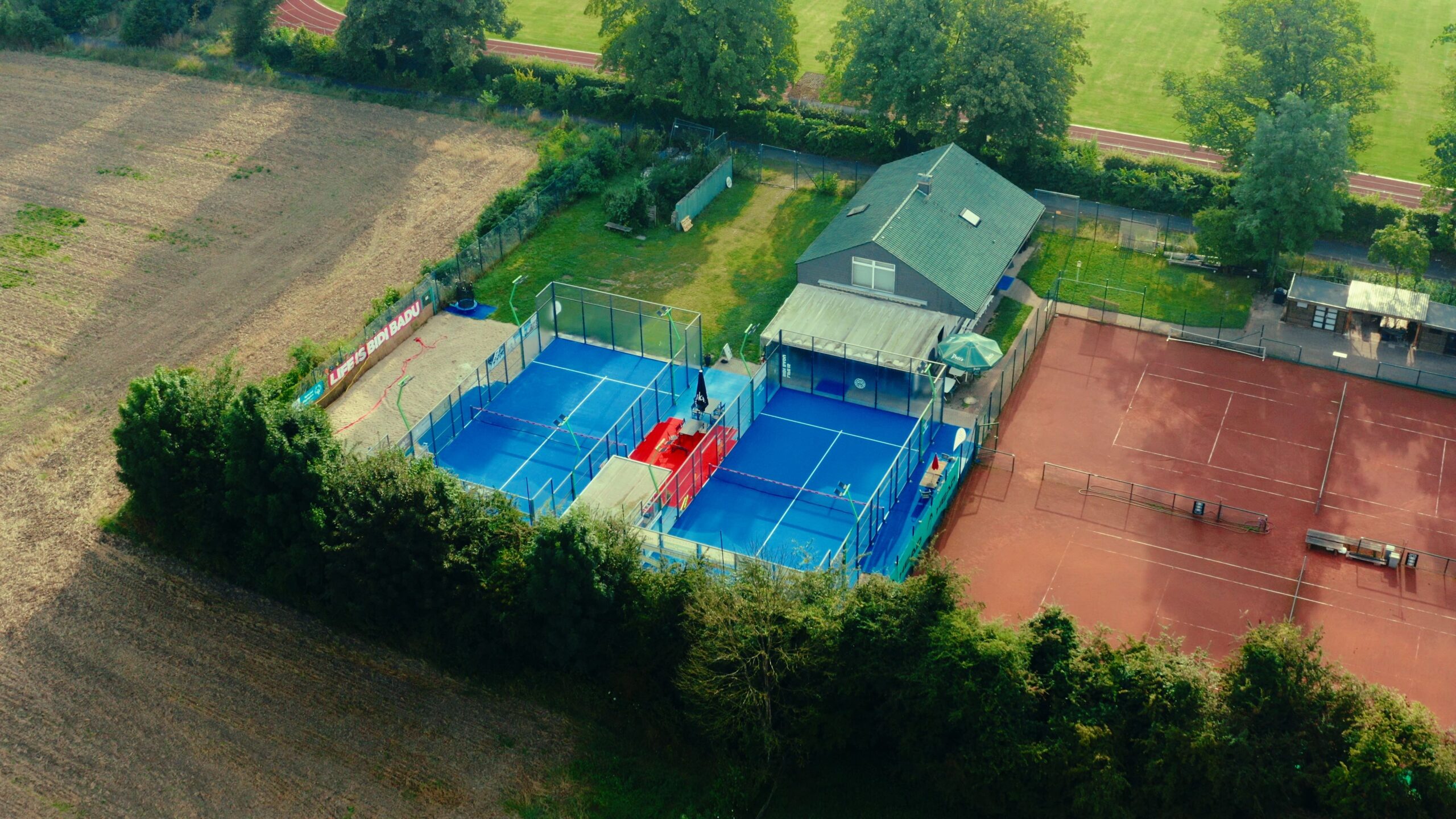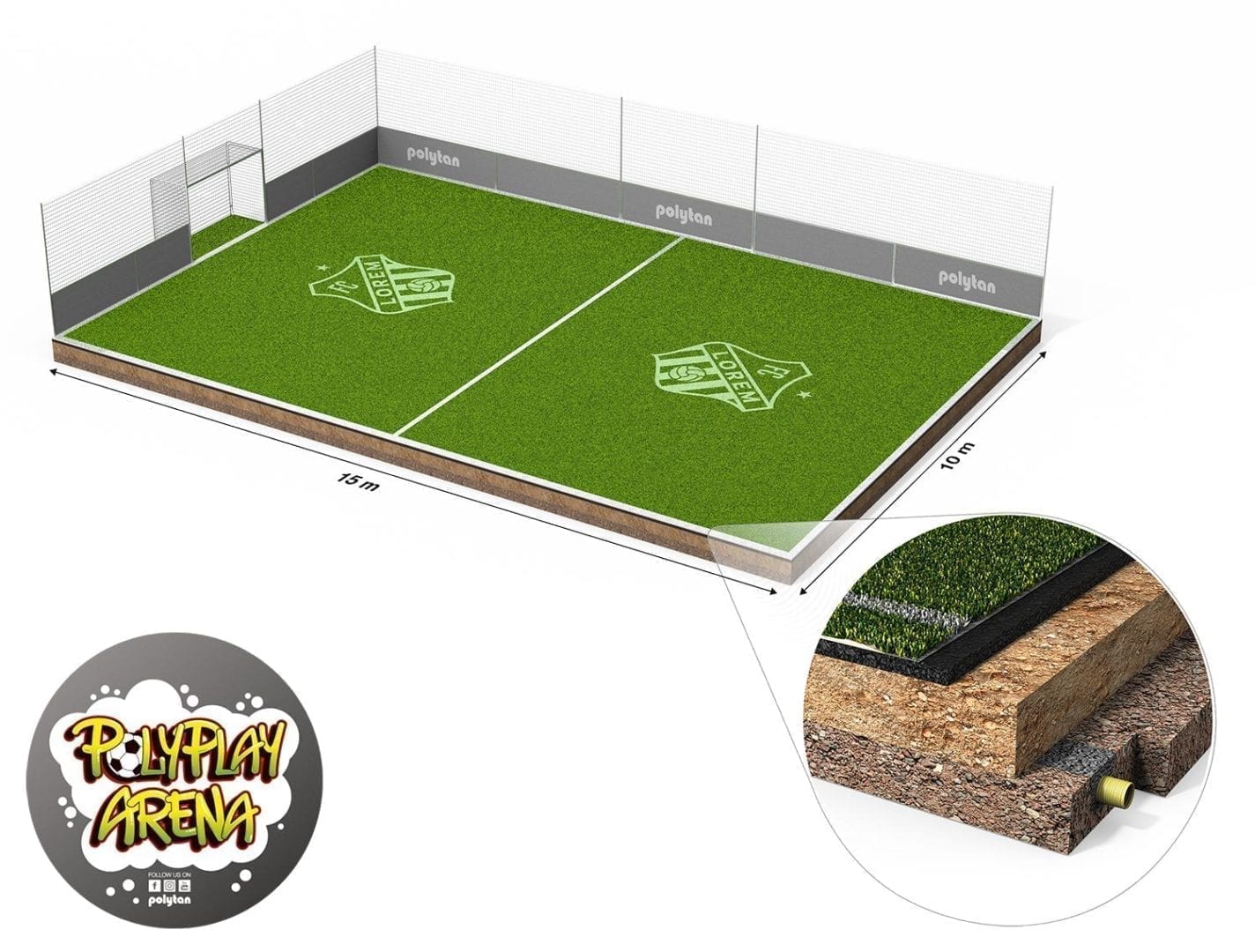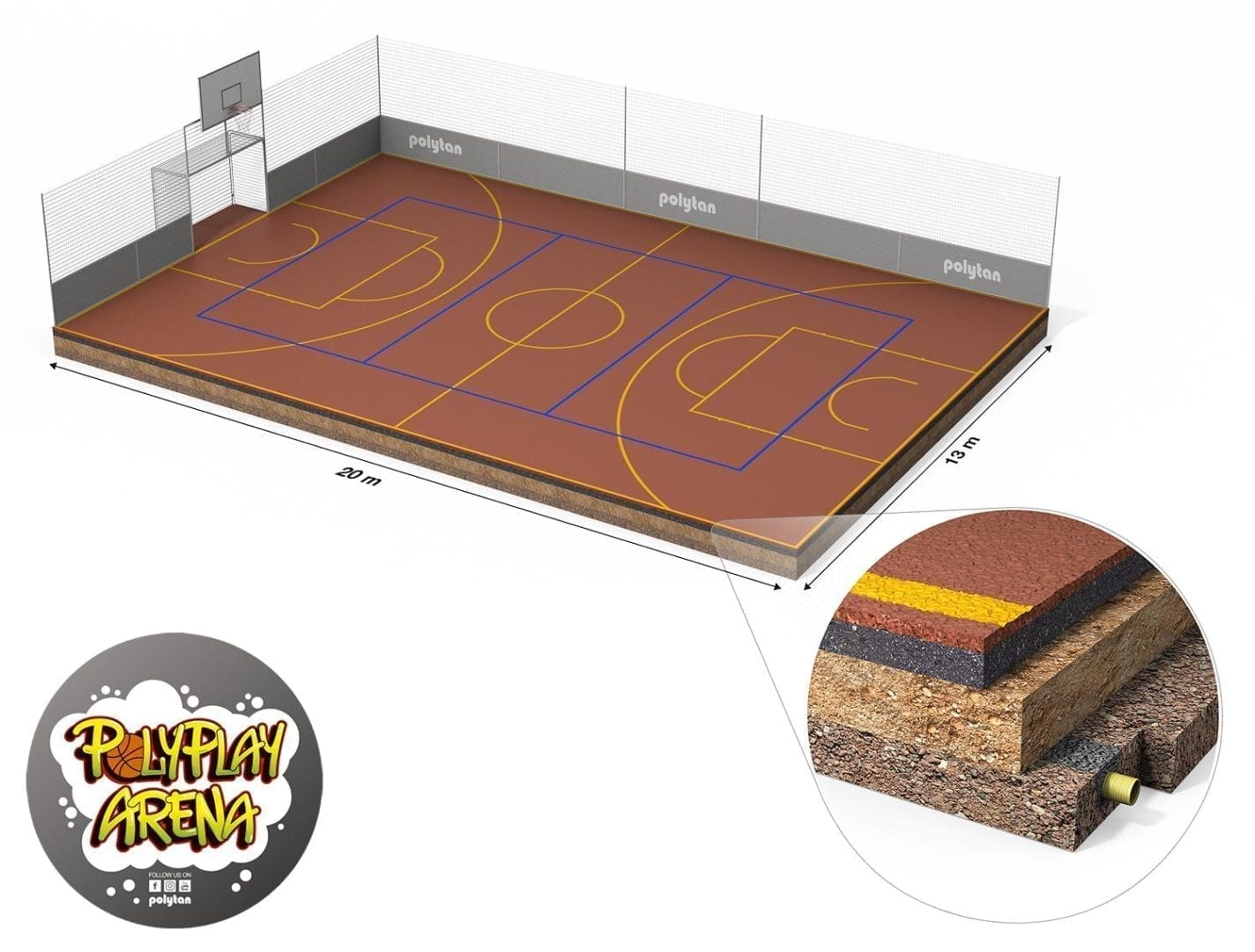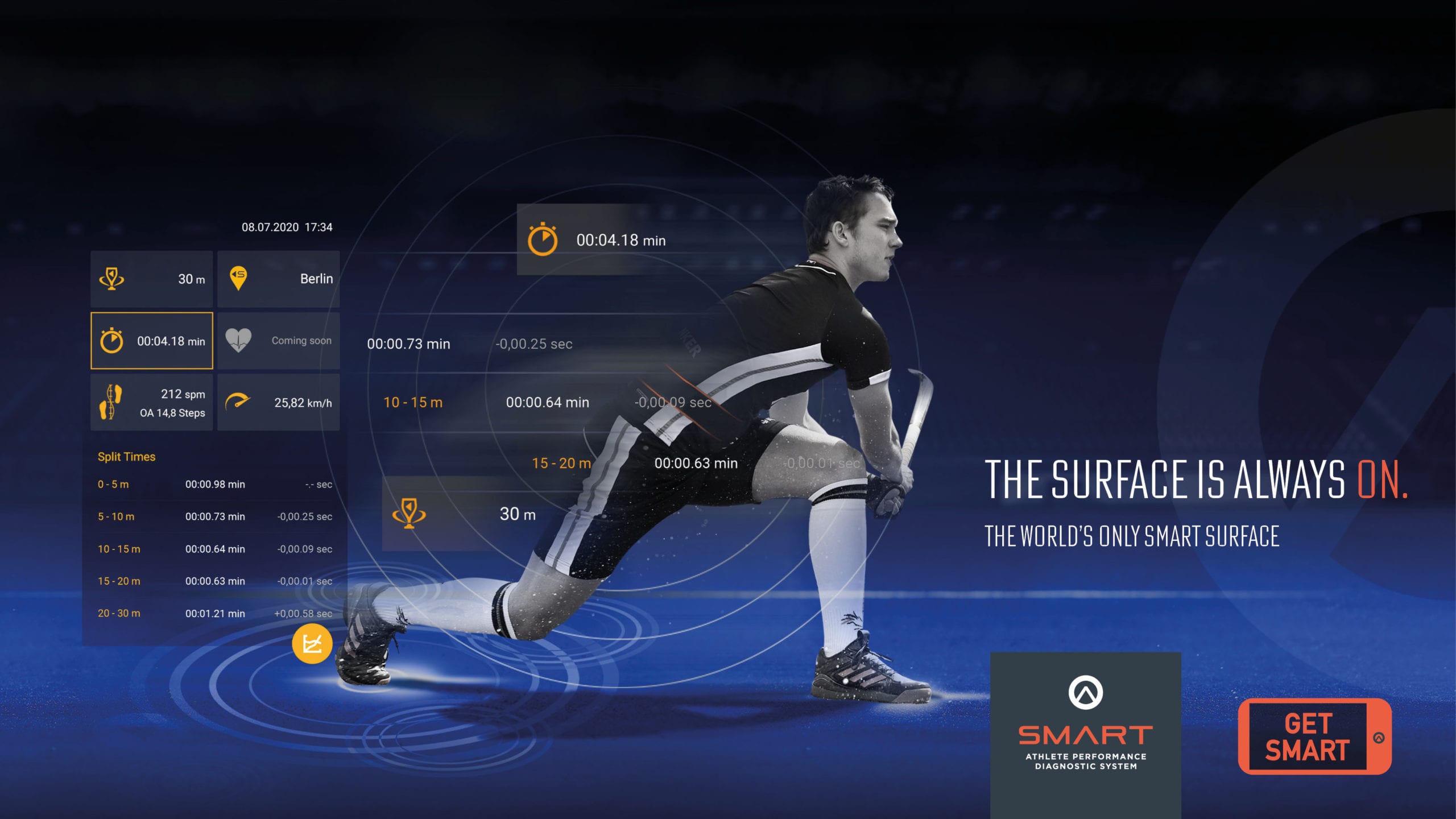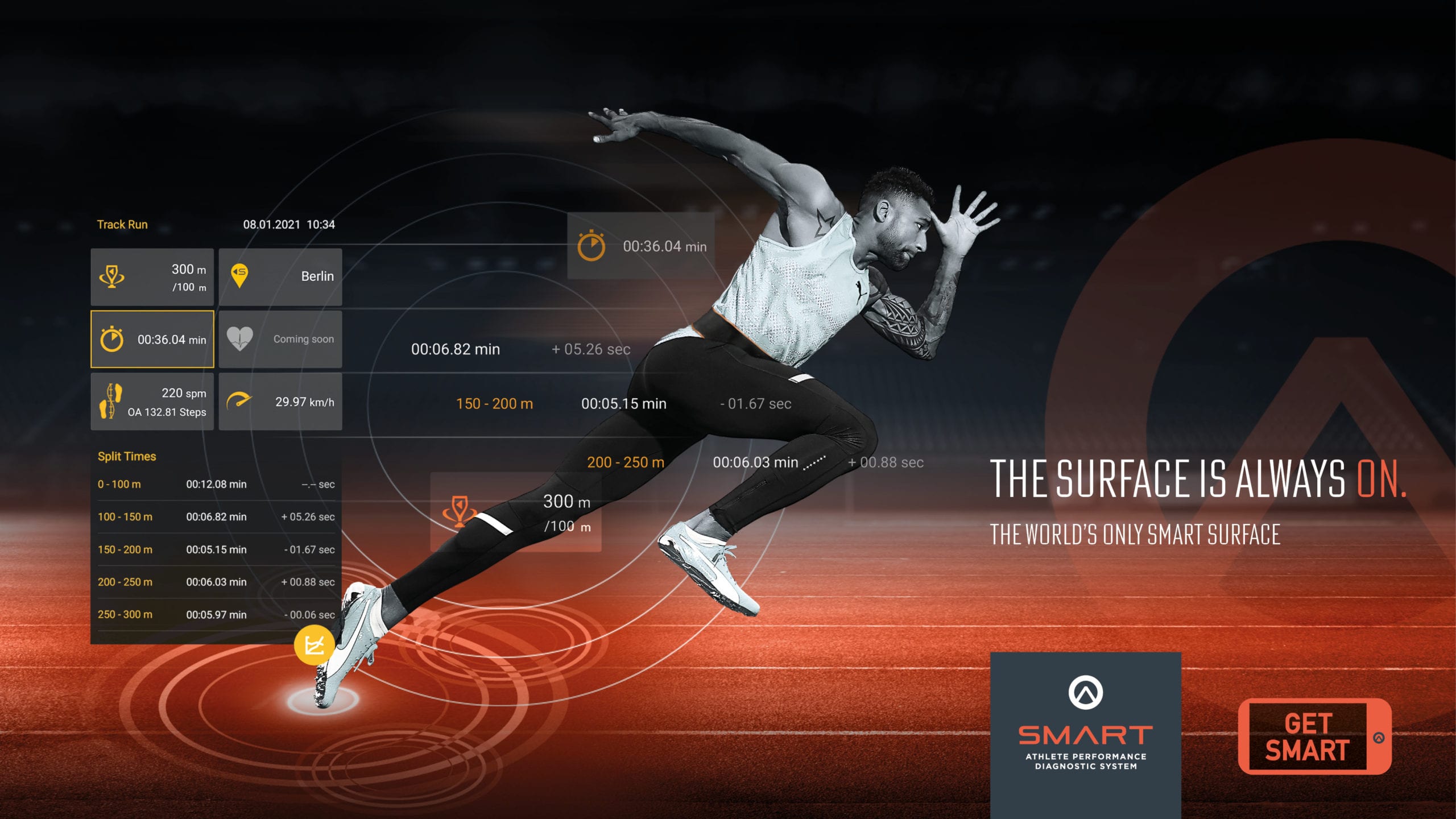Polytan is taking the next step in sustainability: After introducing organic raw materials to the synthetic turf-making process, the manufacturer from Burgheim will now consistently use recycled materials in its portfolio. While LigaTurf Cross R was unveiled to customers at the end of last year, four additional synthetic turf systems are set to follow: LigaTurf Trion R, LigaTurf RS+ R, LigaGrass Synergy R and LigaGrass Pro R. They will be made using PCR plastic that was previously used for a variety of purposes, such as packaging material. Under the motto “We make Plastic Better”, Polytan will upcycle used plastic and transform it into a synthetic football pitch. Unlike disposable plastics, which are used to keep food fresh for just a few hours, the average lifespan of synthetic turf is 15 years.
The evolution of the synthetic turf portfolio is part of the Polytan Green technology programme. Polytan’s goal is to gradually replace its fossil-based synthetic turf with sustainable synthetic systems. Polytan already brought an outstanding sustainable flagship product to market with LigaTurf Cross GTR in 2021 that features recycled material combined with organic plastics.
Reasons to use recycled material
There are numerous compelling reasons to use recycled material in synthetic turf systems. These range from general recyclability to the reduction of CO2 emissions, to the conservation of fossil resources. “We are currently experiencing a shift in mindset,” says Polytan Product Manager Michael Pajak. “Demand for environmentally friendly product solutions is rising in response to climate change, which is becoming more noticeable everywhere. This is accompanied by the potential ban on microplastics in infill materials, which not only massively affects our systems, but the global markets, too. More and more frequently, customers, cities and municipalities are actively requesting recycled solutions because there is a growing amount of funding and subsidies available for them.”
Alongside the infill and elasticising layers, these game-changing products also include Polytan’s synthetic turf. With the increased use of recycled material in synthetic turf comes a reduction in plastic waste, a decrease in the production of new resins and polymers, less energy consumption and, ultimately, a reduction in the greenhouse gas CO2. Friedemann Söll, Managing Director of Polytan GmbH, explains the long-term goal: “We want to break free from a linear economy, in which products are manufactured, used and disposed of. Instead, we want to transition to a circular economy, in which plastic products are designed to maintain their value throughout their entire life cycle and beyond!”
Material recycling
Polytan realises this through mechanical, i.e. material, recycling. To do so, the company uses single-origin, high-quality plastic waste from the transport and packaging industry. These recycled granules make up approximately 20 percent of the filaments in Polytan’s synthetic turf systems. Because waste products are transformed into new products, this process is referred to as “upcycling”. At the same time, Polytan doesn’t compromise when it comes to the quality of the new products – so that even with the use of PCR material, the new synthetic turf systems deliver the same high performance Polytan has become known for. For example, the new LigaTurf Cross R proves that football can be sustainable, even at the top level. The turf combines exceptional playing characteristics with the technologies that make it extremely durable and easy to maintain.
Our upcycled material content is International Sustainability and Carbon Certification (ISCC) Plus certified. The ISCC Plus certification scheme is the established standard for organic and recycled materials and takes into account the entire supply chain while verifying the tonnage of supplied PCR material. “Our focus for the next few years is squarely on the recycling of waste products,” Söll says. “As a manufacturer from Germany, we are only just getting started. However, our synthetic turf systems with recycled content are an important first step in the right direction. The next step is to continue to develop this technology.”
